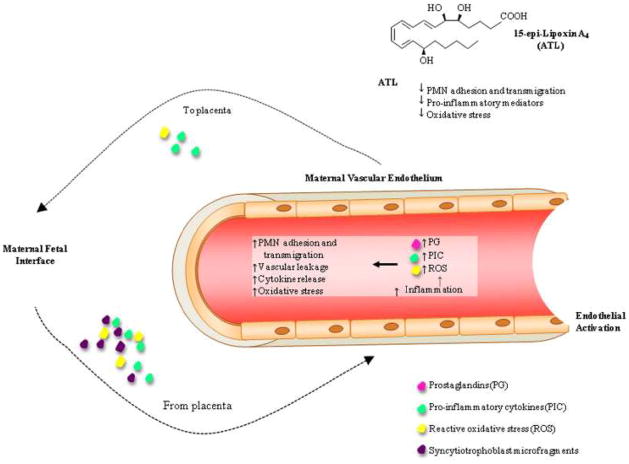Figure 6. Proposed function of 15-epi-Lipoxin A4 (ATL) on maternal vascular endothelium response to placenta derived substances.
In pregnancy placenta generated pro-inflammatory cytokines (PIC), reactive oxidative stress molecules (ROS) and syncytiotrophoblast microfragments gain access to the maternal systemic circulation. These molecules stimulate inflammation of the maternal vascular endothelium, the production of ROS, PIC, and vasoactive prostaglandins (PG) leading to endothelial activation, polymorphonuclear neutrophil (PMN) adhesion and transmigration and vascular leakage. This sets the stage for a feed forward cyclic process in which mediators from the endothelium stimulate the placenta to produce ROS, PIC and other inflammatory mediators. In preeclampsia this theoretical scenario is increased as compared to normal pregnancies leading to adverse clinical manifestations. ATL may be beneficial in the treatment of preeclampsia by decreasing the oxidative and pro-inflammatory responses and their downstream consequences.

